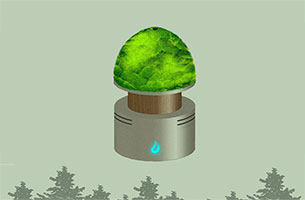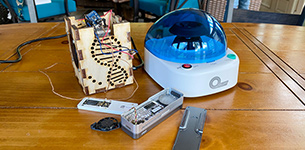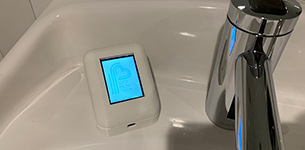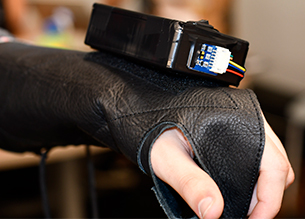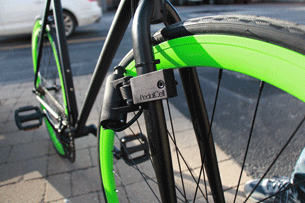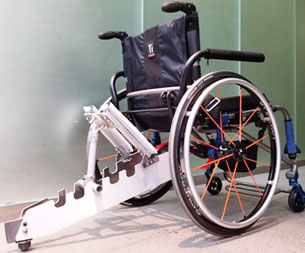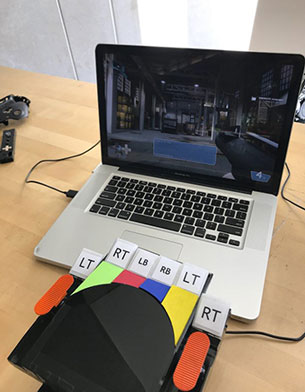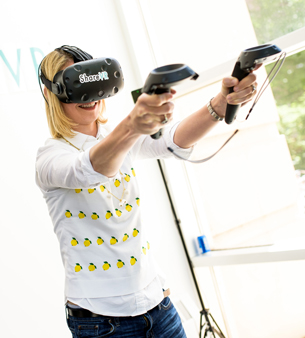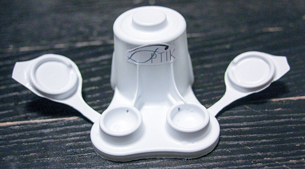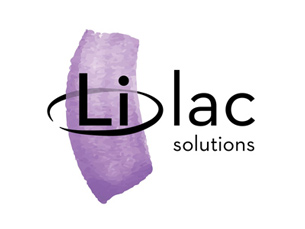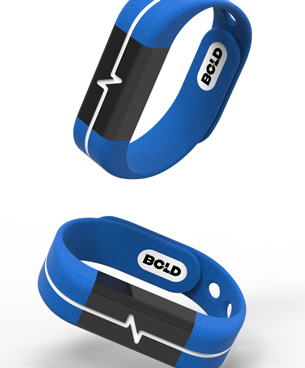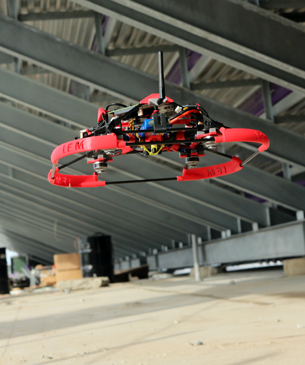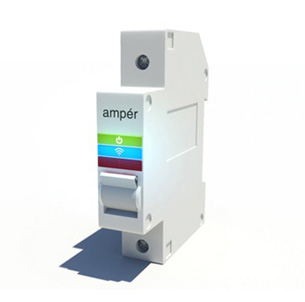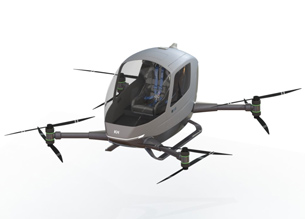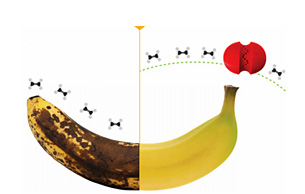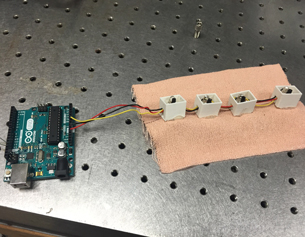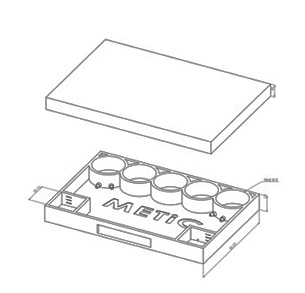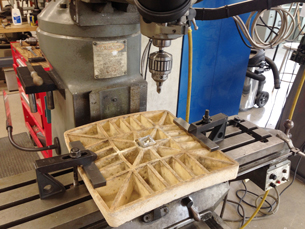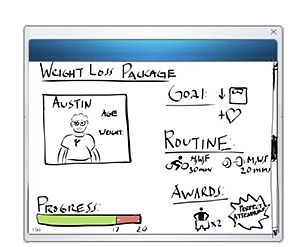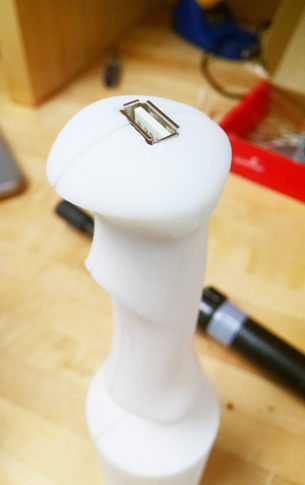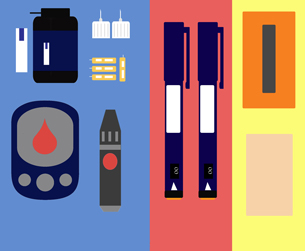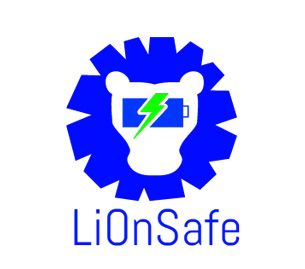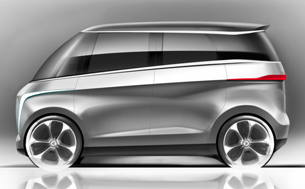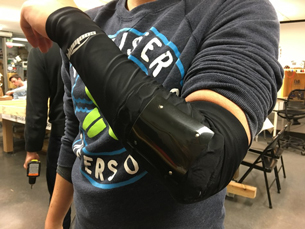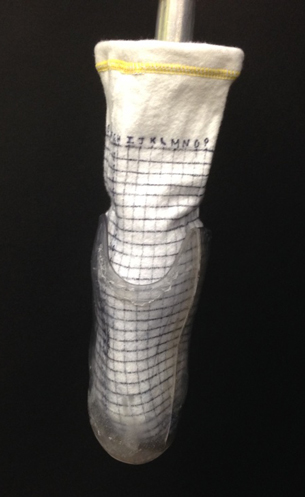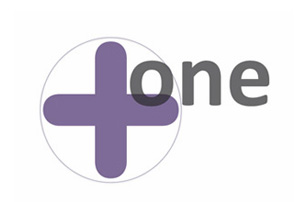AmperA smart circuit breaker that helps reduce energy use
Amper began as a startup building a smart circuit breaker that allows consumers to monitor and reduce their energy use on a per-appliance basis. By studying consumer usage patterns, ampér sends customized text messages or push notifications featuring recommendations on how to improve usage habits and reduce monthly energy costs.
Amper's mission now is to help manufacturers improve efficiency and customer satisfaction using real-time operational data to help make changes on the factory floor.

Problem
The US Department of Energy estimates that Americans waste 20% of the electricity used in their homes every year. For consumers motivated to curb their energy use, determining where to commit their efforts is no easy task. Utility bills only provide generalized data about month-to-month usage trends, offering few details and little context about one’s habits. Consumers don’t know where to start, leading many to continue their wasteful practices.
Having information is the first step toward making a measurable, positive change. We want ampér to empower people to take control of their energy use and waste. Energy efficiency is key for a future where we optimize resources—and with ampér—one can receive actionable insights and track improvements., Amper, co-founder
Solution
Amper offers the next generation of home energy monitoring through hardware that seamlessly reads the electrical current in consumer homes and sends the data directly to user smartphones. After studying a home’s electricity use for one week, the ampér circuit breaker system provides tailored advice to its occupants, such as turning off the air conditioner before leaving for work, or replacing an outdated refrigerator for additional energy savings.
Benefits
- Understand which appliances use the most energy and for how long
- Save money by acting on recommendations to replace old appliances and adjust usage behaviors
- Limit energy waste by controlling appliances from your smartphone
- Receive a payback on the hardware investment in less than one year
Development Process
 The team developed Amper after several rounds of surveys and interviews with potential customers from the team’s target markets. Using the feedback, the group has been able to pinpoint the features of a smart circuit breaker system that consumers would be most interested in. The team has also been able to identify potential pain points for their technology and determine the proper approach to address those issues through design. The group has used the survey and focus group feedback in developing a series prototypes for their smart circuit breaker.
The team developed Amper after several rounds of surveys and interviews with potential customers from the team’s target markets. Using the feedback, the group has been able to pinpoint the features of a smart circuit breaker system that consumers would be most interested in. The team has also been able to identify potential pain points for their technology and determine the proper approach to address those issues through design. The group has used the survey and focus group feedback in developing a series prototypes for their smart circuit breaker.
Current Status
Members of Amper finished the Farley Center for Entrepreneurship and Innovation’s NUvention: Energy course, where they pitched their product and business plan to members of the NUvention: Energy board of directors. The startup has since announced it has received a $5,000 VentureWell grant, as well as the $20,000 Energy Efficiency award from the 2016 MIT Clean Energy Prize, to continue the development of its smart circuit breaker. The group participated in the 2016 HAX Accelerator, the world’s largest hardware accelerator program in Shenzen, China. The team has also filed for a provisional patent on their technology.
As of May 2019, Amper raised over $1.8 million in capital and has more than 25 customers in the manufacturing industry based on its new mission.
Updated September 2019
CourseNUvention: Energy
Co-foundersSachin Lal (computer science), Nikhil Pai (computer science), Akshat Thirani (computer science)


